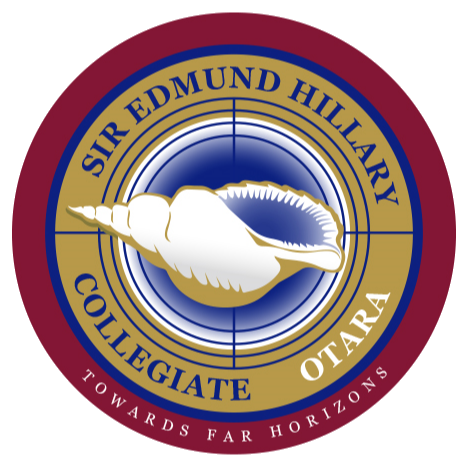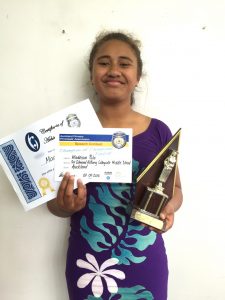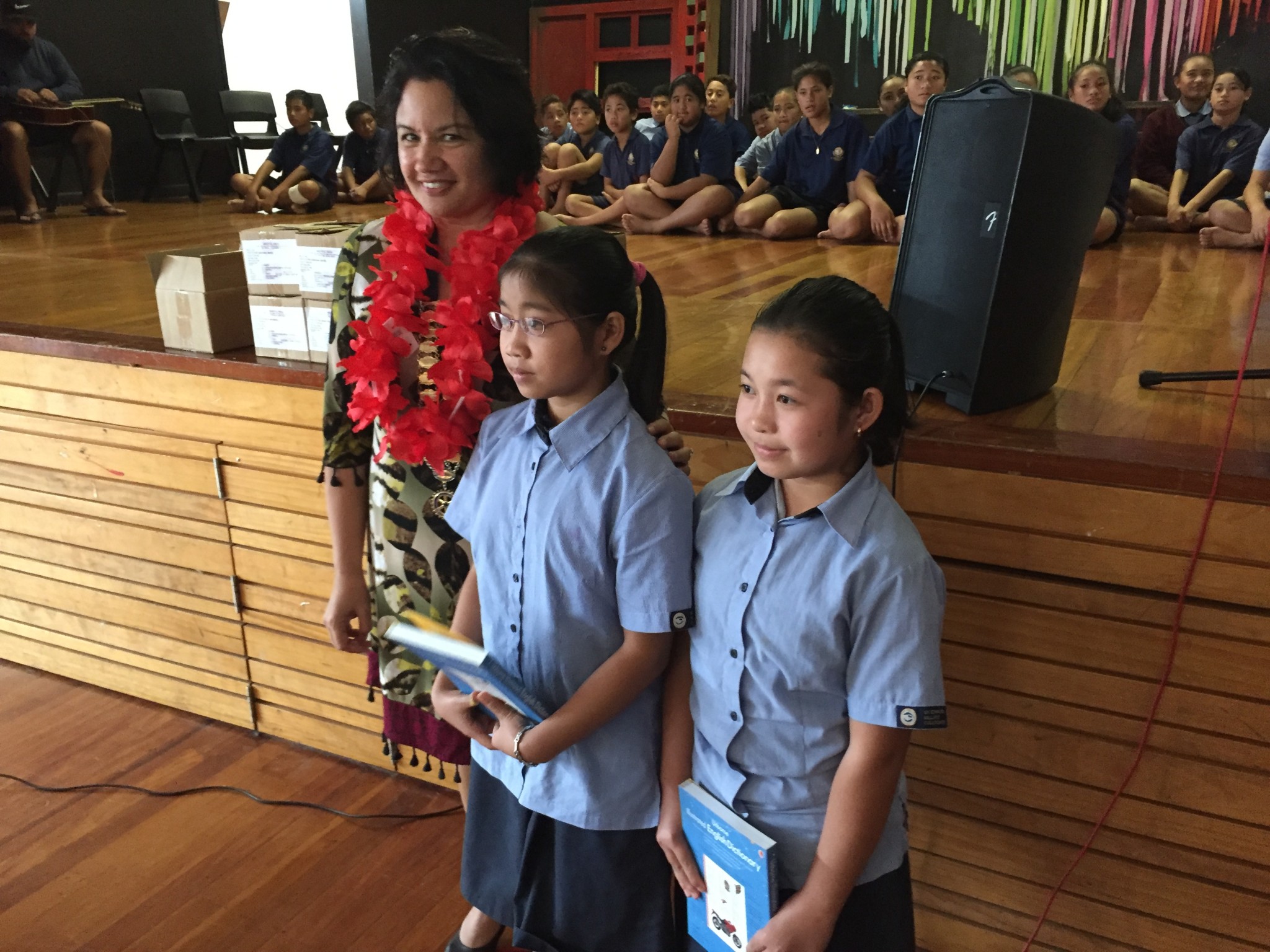Future Focus
Within our school curriculum we think it is important to embed our learning with a multitude of different Languages.
Our community has a high proportion of Samoan, Tongan, Cook Island, Fijian, and other pacific island ethnicity’s. We have cultural weeks and we relate our teaching and learning experiences around the languages. These students are mostly fortunate enough to have kept their language because it has not been lost from generation to generation while also communicating in their own language at community events, church, or just at home.
Our Māori on the other hand unfortunately often cannot speak the language because it has basically been lost with in their own whanau generations. We aim to cross this barrier with a focus on Māori Language.
Our focus is to get all our students to Level 3 of Te Reo: Developing communication skills in te reo Māori Level 3 Te Reo Link:
Te Reo Māori
Ko te reo te manawa pou o te Māori,
Ko te ihi te waimanawa o te tangata,
Ko te roimata, ko te hūpē te waiaroha.
Ko tōku nui, tōku wehi, tōku whakatiketike, tōku reo.
Te reo Māori is indigenous to Aotearoa New Zealand. It is a taonga recognised under the Treaty of Waitangi, a primary source of our nation’s self-knowledge and identity, and an official language. By understanding and using te reo Māori, New Zealanders become more aware of the role played by the indigenous language and culture in defining and asserting our point of difference in the wider world.
Ko te reo Māori te kākahu o te whakaaro,
te huarahi i te ao tūroa.
By learning te reo and becoming increasingly familiar with tikanga, Māori students strengthen their identities, while non-Māori journey towards shared cultural understandings. All who learn te reo Māori help to secure its future as a living, dynamic, and rich language. As they learn, they come to appreciate that diversity is a key to unity.
Te reo Māori underpins Māori cultural development and supports Māori social and economic development in Aotearoa New Zealand and internationally. Understanding te reo Māori stretches learners cognitively, enabling them to think in different ways and preparing them for leadership.
By learning te reo Māori, students are able to:
- participate with understanding and confidence in situations where te reo and tikanga Māori predominate and to integrate language and cultural understandings into their lives
- strengthen Aotearoa New Zealand’s identity in the world
- broaden their entrepreneurial and employment options to include work in an ever-increasing range of social, legal, educational, business, and professional settings.
Ko te manu e kai ana i te miro, nōna te ngahere.
Ko te manu e kai ana i te mātauranga, nōna te ao.
Ko te reo te mauri o te mana Māori.
What is Leaning Language About?
Learning a new language provides a means of communicating with people from another culture and exploring one’s own personal world.
Languages are inseparably linked to the social and cultural contexts in which they are used. Languages and cultures play a key role in developing our personal, group, national, and human identities. Every language has its own ways of expressing meanings; each has intrinsic value and special significance for its users.
Why Study a Language?
Languages link people locally and globally. They are spoken in the community, used internationally, and play a role in shaping the world. Oral, written, and visual forms of language link us to the past and give us access to new and different streams of thought and to beliefs and cultural practices.
Te reo Māori and New Zealand Sign Language (NZSL) are official languages of New Zealand. Because of New Zealand’s close relationships with the peoples of the Pacific, Pasifika languages also have a special place.
By learning an additional language and its related culture(s), students come to appreciate that languages and cultures are systems that are organised and used in particular ways to achieve meaning. Learning a new language extends students’ linguistic and cultural understanding and their ability to interact appropriately with other speakers. Interaction in a new language, whether face to face or technologically facilitated, introduces them to new ways of thinking about, questioning, and interpreting the world and their place in it. Through such interaction, students acquire knowledge, skills, and attitudes that equip them for living in a world of diverse peoples, languages, and cultures. As they move between, and respond to, different languages and different cultural practices, they are challenged to consider their own identities and assumptions.
As they learn a language, students develop their understanding of the power of language. They discover new ways of learning, new ways of knowing, and more about their own capabilities. Learning a language provides students with the cognitive tools and strategies to learn further languages and to increase their understanding of their own language(s) and culture(s).


